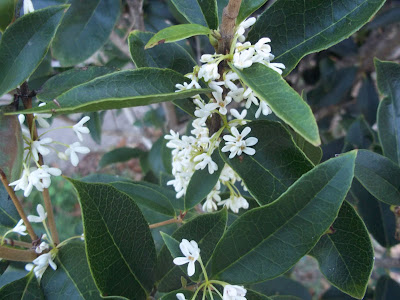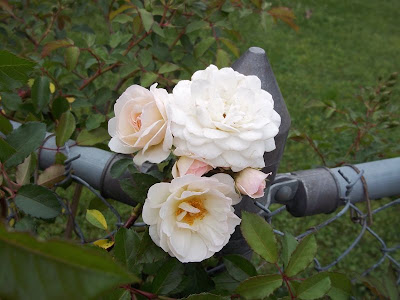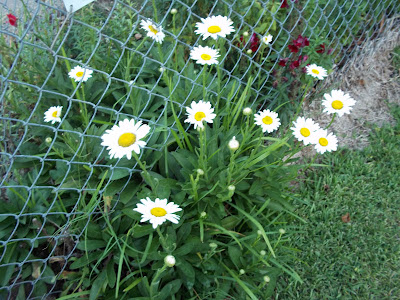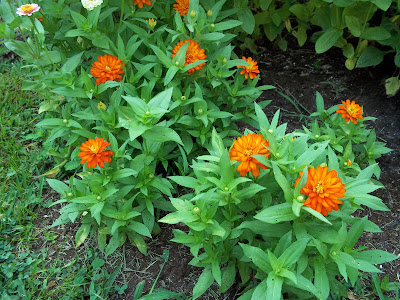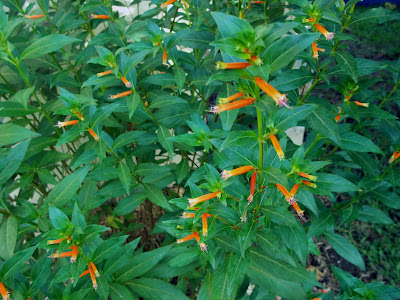How would you like a tropicalesque bush with lush green leaves and showy yellow flowers that makes an amazing statement in a yard in the fall? If you do, then I present to you the Christmas Cassia.
The flowers are so profuse that they cover the large shrub. They will fall forming a carpet of fallen petals under the plant too. Butterflies and bees come in by the droves to visit the blooms in the fall just before that first killing frost.
The plant gets 10' or so tall and can be just as wide. It likes full sun and reasonably moist soil. I have mine planted against the south side of my house to keep it going as long as possible before being killed to the ground by frost. (In the above picture, the large leaves are from a brugmansia plant and the smaller leaves are from the cassia.) It will come back each year in zone 8 where I live. Further south it can stay evergreen year-round. This plant is very fast growing and should be trimmed back to keep it from sprawling and flopping.
The plant is a host for the sulphur family of butterflies - those bright yellow ones you see all over. This makes it even more attractive to me since I'm so fond of butterflies. It is not a great plant for northern areas because it needs a fairly long growing season to reach the point of making flowers. However, when it does reach flowering time, it does so with gusto! Highly recommended for the Gulf Coast region.




